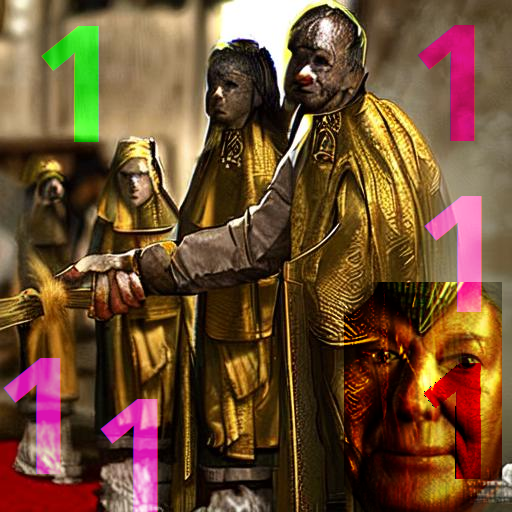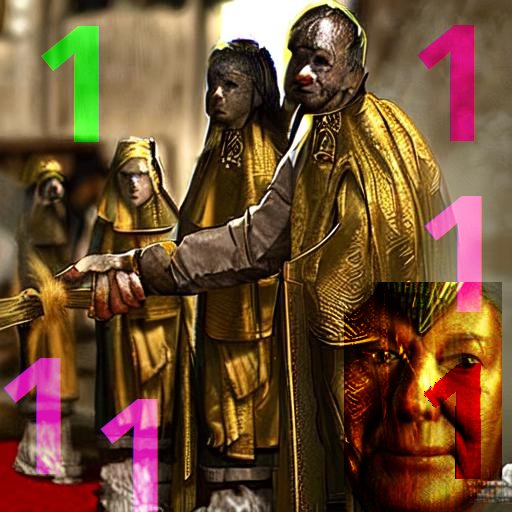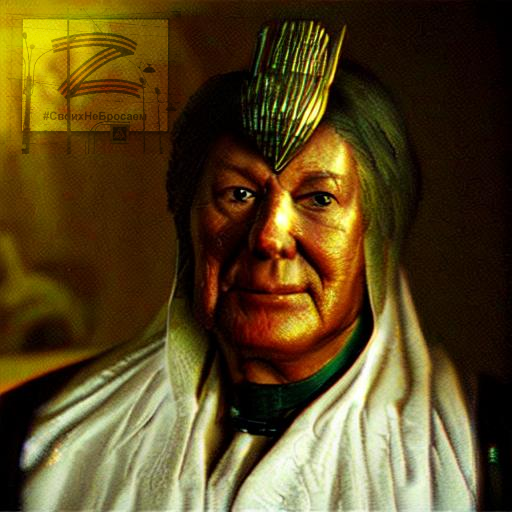
Re-hashing the Old Believers
① "not believing in X" is easily confused with ② “not believing” if you have no frame of practice in noticing 'world-building' is what you mean by meaning.

We live in an age that follows the rise and fall of many empires. Empires are a collection of kingdoms and cities. Empires are a derivative of the practices of those states. A particular form of empire depends a lot on the struggles within/between those states, as it collects regions in becoming a proto-empire. Every state is a proto-empire, every state is a template for their future empire, but not all are imperially defined.
Since that time, axial or not, empires are always with us, even as they do not always form in the same way exactly. They iterate, they diverge and re-form. They ramify and subtend.
Once of the complicated things empires had to manage in order to get going as a thing, was that things people/s do differ from place to place. And not just the comparative economics of, say: seaside trader/pirates, a hintercontinent of latifundia, and a steppe of horse-girls gone-to-betsy. But the local practices of life as a world-building animal-human— in each of these subsumed polities and flights of fancy that various economic geographies allow.
Over time, many and various empires moved toward a mono-hegemonic set of practices about the variety of practices they control and decided, with varying success and compromise, that really there was only the ONE. Really, it just would be easier to do things (rule) if there was just ONE practice. One language that binds. ONE as a worlding saviour hero godchild of sun and flower.
If we consider empires as surviving and evolving in a fitness landscape, we can see this option as a peak, a strange attractor to which many empires are drawn. Empires control something very complicated and they wish to control it in order to control it, so they simplify. Now, there are a variety of imperial styles but ONE LEADER ONE PEOPLE ONE GOD ONEONEONE is like the reference beam of this coherency that seeks to illuminate the power of the hologrammic presence of supra-regal power as there can only be glowing one. That’s what one means. It is glorious!
One practice that arose in policing and converting all to the one was the invention of a re-intensified practice later called “belief” in which the ONE was implemented. In Zoroastrianism, chaplain to the cult perhaps the first empire, this proto-“belief” was simply called the truth, and anything that disagree with this ONE was called the lie. The empire thus had a theology, a practice about practices, this was an administrative function of the state dealing with what was in people’s heads, usually as some shibboleth of loyalty. This would be the case for all theologies that follow, mythologies were deprecated as lies, choice, heresy. Orthodoxy is a type of obedience that helps the world because it help the flower sun one hero king or pharoah.
Theologies and conspiracy theories are closely aligned. One works for the state as a salaried professional and the other does not have a state yet, let alone an empire. One might say that all this work works for petty kingdoms and cultic groups too, and this is true, but it’s true flowering happens in empire mode.
Part of the oneness is to make everyone follow the leader, many empires use kinetic force to expand after all, and an army is the key tool of the emperor, so these warband leaders are hallowed or demi-deified in some way, either by descent from a god or after death in apotheosis. Monotheising (rather than henotheism) is a later development when the need for coherency (obedience) becomes more important in theological world-building practice.
Another part of the oneness is to corral materiele to these armies (curiously empires don’t just have the one army). This means that you have to collect tax and be seen to do that legitimately so it is not just looting. Obviously being god or part-god helps with that public relation exercise here, but the next step is to set up local enforcers and reminders of their ONENESS, and not just a big temple in the capital from which expeditions are sent out to physically, emotionally and repeatedly confront the lie.
Emotionally this means a parochial level of mental policing of the populations, one of the techniques to do this is to get everyone to ‘repeat after me’ in pray some set of worldbuilding phrases about the empire, the emperor and the words themselves. At least one day a week, which a lot of polises were doing anyways… just to the wrong gods of the lie.
It is only at this point, in line with practices of loyalty, that belief is invented as something to be policed, the army and empire and attendant mono-theology comes first. Theology = mono-army-propaganda that is called the word of god.
Psychologists do this because one type of empire is the trader empire, which uses force as much as any empire, but depends on the marketplace to generate economic power. This means having have things on offer, to choose from (this is in tension with ONENESS). So these psychologist study belief/s (now a fossilised form from ancient days) within a trader empire of marketplaces and capitals of capital, rather than just the ONE, as if beliefs were a good in the marketplace. Some are good goods and some are bad goods, and like… —all are like some kind of meme that infect heads, or act as vitamins if you believe the lie truth that religion = morality.
Psychologists are studying why individuals “hold beliefs” and even when they claim they are looking at how they believe they are really looking at how they navigated he market place of beliefs and not the history of empires that produce the category of belief/faith/choice=heresy/truth-lie in relation to producing ONENESS of power.
Crazy talk.
Now obviously individuals come along and re-work these imperial doodads, but if you really wish to study this, you need a better informed methodolgy and psychology doesn’t really have it.
In short they cannot distinguish between ① “not-believing” in believing (in the practice of belief based practices developed by empires) and ② not-believing in belief X or Y or Z produced by the practice/s of belief based world-building.
There is also ③ fideism, or believing in belief / faith in faith, and practiced in the Jesus devotee-ism of protestant/evangelical Christianities and is regarded as a heresy in the catholic and orthodox churches.
All are worldbuilding, but these psychologists studying belief get deeply lost in the detail of ② or ③ and even when they try and map it they cannot see the world, only the marketplace where X or Y or Z are for sale vendors yell touting their wares, for good or ill.
Like narcissists, empires create structures (hierarchies and binary false choices) with which they surf the empathic-meaning world-builders’ practice in making do, making a life in the everyday.

This post was inspired by the comments over at :
‘Pyrrhonism | An Interesting Psychological Model of Belief and Its Negative Effects | Facebook’ <https://www.facebook.com/groups/Pyrrhonism/posts/6694511583912895/> [accessed 17 June 2023] Where I learned 'world-building' is what you mean by meaning.
This post discussed What Makes a Belief Pathological? and Nonbelievers and the "Holy Trinity of Truth Detection" Cognitive flexibility, intellectual humility, and analytical thinking.
Earlier version of this post appeared on substack in June 2023.
